Sun Halos: Photography and Post-Processing Tips & Techniques
Halos around the sun or moon are an astounding optical phenomenon that makes for an amazing photo. While usually associated with cold weather, they can appear in any season, and have been spotted even in tropical Southeast Asia! In this article, we learn about how sun halos are formed, as well as some techniques for photographing them and post-processing the images. (Reported by: Chikako Yagi, Digital Camera Magazine)

EOS R5/ RF15-35mm f/2.8L IS USM/ FL: 15mm/ Aperture-priority AE (f/8, 1/800 sec. EV -0.7)/ ISO 100/ WB: Daylight
Location: Kai Choshizuka Kofun, Yamanashi Prefecture/ Early April/ 12:50pm
A halo floats in the blue sky above the trees in this surreal, painting-like image, shot on an ultra-wide-angle lens at 15mm. I tried various ways of composing so that the unique trees were in the frame. This timeless, ethereal image was created through the process of elimination, where all other unique characteristics of the location were left out.
Step 1: Look out for cirrostratus (high-altitude) clouds
You’ll be more prepared to keep a lookout for sun halos when you understand the weather conditions that make them more likely to form.
Conditions for sun halos:
- When there are many cirrostratus clouds (thin, veil-like high-altitude clouds)
- When a storm, weather front, or low-pressure system is approaching.
Sun halos are an optical weather phenomenon that tend to occur when veil-shaped cirrostratus clouds, which are made of ice crystals, grow and cover a wide area. They are formed when the ice crystals in the clouds refract the sunlight passing through them at certain angles. While they can be formed throughout the year, in Japan, they tend to occur more frequently in the late spring to early summer months when a low-pressure front approaches the southern coast.
Airplane contrails form in the same conditions as halos, so if you notice more of them staying in longer in the sky than usual, it is a sign of perfect conditions for halos to occur. Once, after noticing many contrails, I looked towards the sun, and lo behold, there was a halo around it!
Pro tip: Look at the cloud forecast
Use a cloud forecast site or app to monitor for high-altitude clouds. You can try Windy.com, which also has smartphone app for both Apple and Android devices.
Step 2: Shoot with an ultra-wide-angle lens
24mm was not wide enough to capture the scenery

The 24mm wide-angle end of most standard zoom lenses most likely won’t be enough to capture both the halo and the scenery beneath it.
When we see unique natural phenomena like a sun halo, our eyes will go to the phenomena first. But your shot will stand out more if you make the halo the secondary subject and find something else in the surrounding scenery to be the main subject.
The best focal length depends on the sun’s position and the size of the halo. However, you will have an easier time shooting with an ultra-wide-angle lens like the RF15-35mm f/2.8L IS USM I used in the main shot at the very top.
Shooting tips
1. Expose to avoid clipped highlights
The halos form around the sun, making this a high-contrast shot. If you expose for the scenery, you could end up overexposing the halo and losing the details in the highlights.
- Enable the Highlight Tone Priority function to protect your highlights.
- If you’re shooting in a semi-automatic mode, use negative exposure compensation. Remember: you can always brighten up the foreground in post-processing later.
- Display your histogram and check that you don’t have too many clipped whites. You can find out more about using the histogram and other tips in Understanding Dynamic Range: How to Avoid Unnecessary Blown Highlights
2. Avoid using lens filters if you can
Lens filters can cause ghosting and flaring. It’s best not to use them.
Here’s what the image looked like out of the camera before post-processing:

Step 3: Dehaze your image in post-processing


×Don’t: Simply brighten the whole image
✓Do: Dehaze the shot, then lift the shadows
Cirrostratus clouds often appear hazy due to their water vapour content. If you brighten the shot too much while attempting to brighten the foreground scenery, it could also cause the highlight areas around the sun to become blown out.
If your post-processing software has a Dehaze tool, this is the time to use it! It will make the shape of the halo appear more prominent, the sky look clearer and bluer, and reduce blown highlights at the same time. To brighten the foreground, lift the shadows.
My basic adjustments using Adobe Lightroom Classic

After that, I just had to adjust the colours to taste.
For more tips and techniques on finding, photographing, and post-processing images of weather phenomena, see:
Magical Winterscapes: When Diamond Dust Becomes Sun Pillars
Nailing the Drama: Waterfall Clouds
Landscape Photography: Techniques for Photographing an Oncoming Storm
Quick Tips for Photographing Rainbows
Lens used in this article
Other ultra-wide-angle zoom lenses to consider:
- RF14-35mm f/4L IS USM
- RF10-20mm f/4L IS STM
- RF15-30mm f/4.6-6.3 IS STM
- (For APS-C camera users) RF-S10-18mm f/4.5-6.3 IS STM
About the Author
A monthly magazine that believes that enjoyment of photography will increase the more one learns about camera functions. It delivers news on the latest cameras and features and regularly introduces various photography techniques.
Published by Impress Corporation
Chikako Yagi was twenty when she started teaching herself photography using a film SLR camera. She left regular employment to become a full-time landscape photographer in 2016. An apprentice of renowned photographers such as Kiyoshi Tatsuno and Tomotaro Ema, she is a member of the Shizensou Club, which was founded by the former and is one of Japan’s most famous landscape photographers’ clubs. In 2013, she was selected as one of the Top 10 Photographers of the Tokyo Camera Club.
www.chikakoyagi.com
Instagram: @chikako_yagi








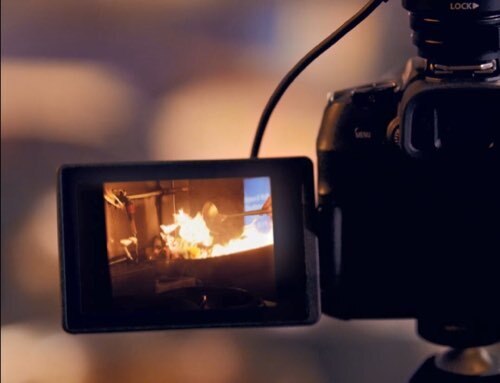
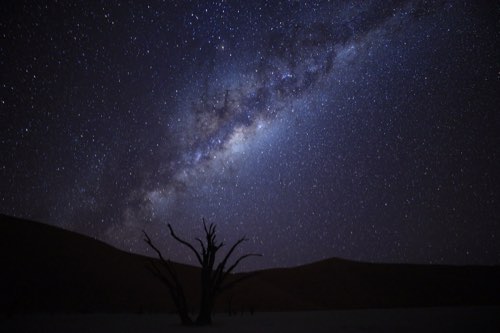






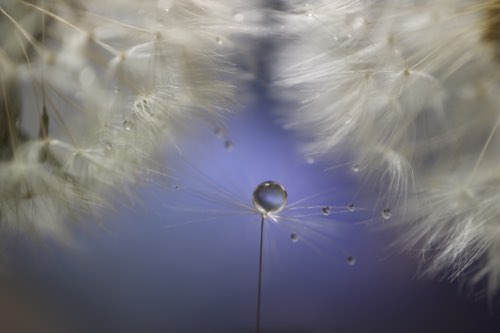





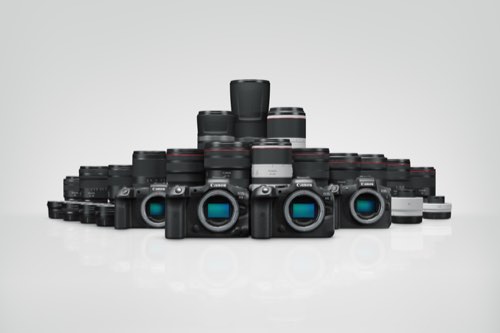







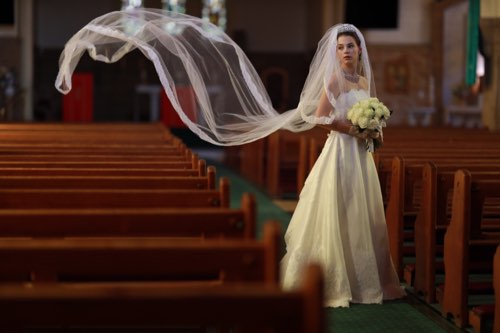


.jpg)


